Fellows apply architecture, engineering, and design expertise to solutions to climate change and inequality alongside nonprofits and startups
As part of our investment in nonprofits and startups scaling solutions across energy and materials, health and resilience, and work and prosperity, the Autodesk Foundation sponsors fellowships in collaboration with the Engineering for Change (E4C) Fellowship program.
In 2021, we matched 24 fellows with nonprofits and startups across the Autodesk Foundation portfolio and Autodesk’s Technology Impact Program. Fellows provided technical support ranging from the development and improvement of products, advancement of workflows, and targeted research. These savvy early-career designers and engineers from all over the world drew on their experience and expertise with Autodesk technology to provide tangible impact.
Learn how five innovative organizations leveraged the expertise of fellows in 2021 to strengthen existing efforts and explore new areas of opportunity.
BamCore
Energy & Materials Portfolio
Leveraging automation for low-carbon construction
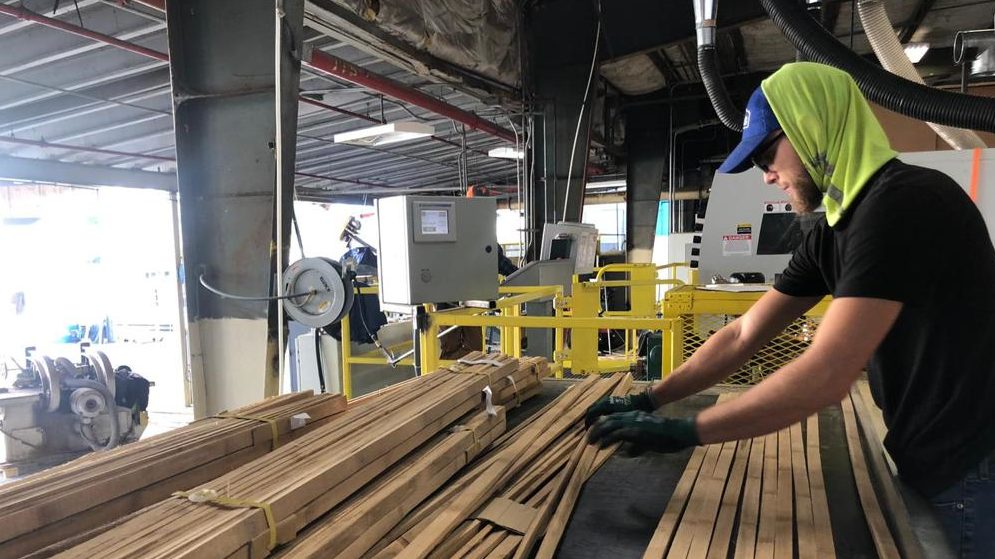
BamCore’s bamboo timber wall systems offer a strong, efficient, and low-carbon timber framing solution to commercial and residential builders. With 40% of the U.S. carbon emissions coming from this industry alone, BamCore is poised to become a key actor in its shift to more sustainable building methods and materials.
With the support of Fellow Maajabu Alleluia Tito, BamCore identified and implemented software-based automation tools to further streamline the company’s design-to-fabrication workflow. The company’s unique prefabrication process creates custom-designed building packages that are easy to assemble and keep a low carbon footprint.
By using Autodesk Revit, the team was able to identify specific areas in the workflow where automation can reduce time, cost, and human error. The software tools were customized to fit BamCore’s specific needs, and now facilitate automation in several key areas of the workflow, including guiding contractors on material placement and assembly.
The project also generated educational materials that will support BamCore staff and further build the company’s foundation of knowledge. The contributions of the fellowship will help BamCore increase its market reach and contribute to its ongoing work to make design and development more sustainable, efficient, and affordable.
EarthEnable
Health & Resilience Portfolio
Researching and designing homes to mitigate overheating, dampness, and poor ventilation
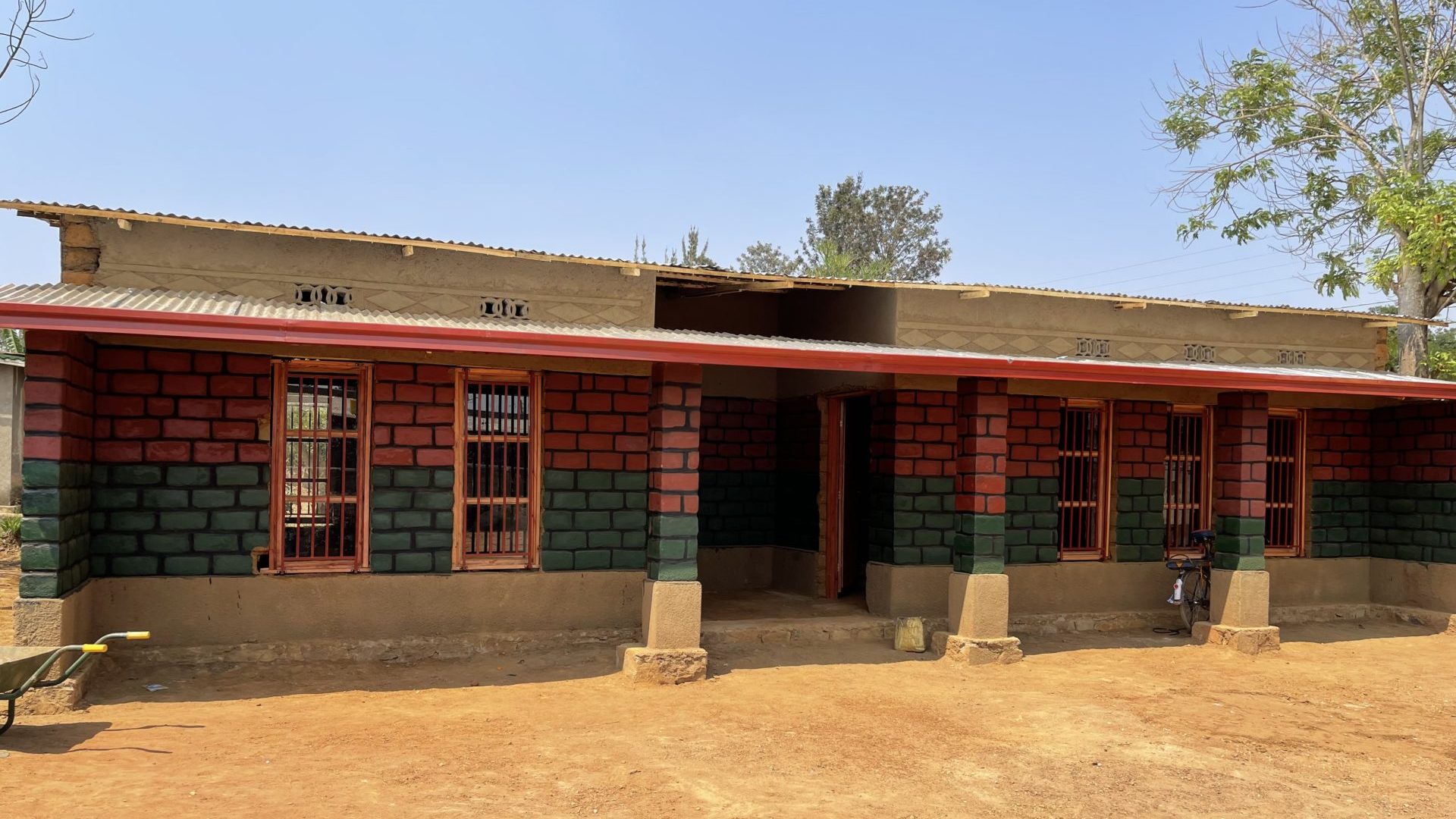
EarthEnable designs and constructs earthen floors made from tightly-packed natural materials in Rwanda and Uganda, where dirt floors are a common cause of costly and preventable ailments like childhood asthma and parasitic infections.
With the help of Fellow Simeon Bunani, EarthEnable conducted a survey of 25 Rwandan households to understand their greatest structural challenges, before designing a prototype house with a catalog of design details that can mitigate overheating, dampness, and poor ventilation.
EarthEnable plans to use the prototype to design and build a sample home that local residents can tour, deciding which design features to implement in their own homes based on their family’s budget. The prototype and catalog will help EarthEnable expand its efforts beyond flooring solutions, to offer a wider range of safe and dignified housing solutions to Rwandan and Ugandan families.
ISAIC
Work & Prosperity Portfolio
Virtual training for manufacturing workforce development
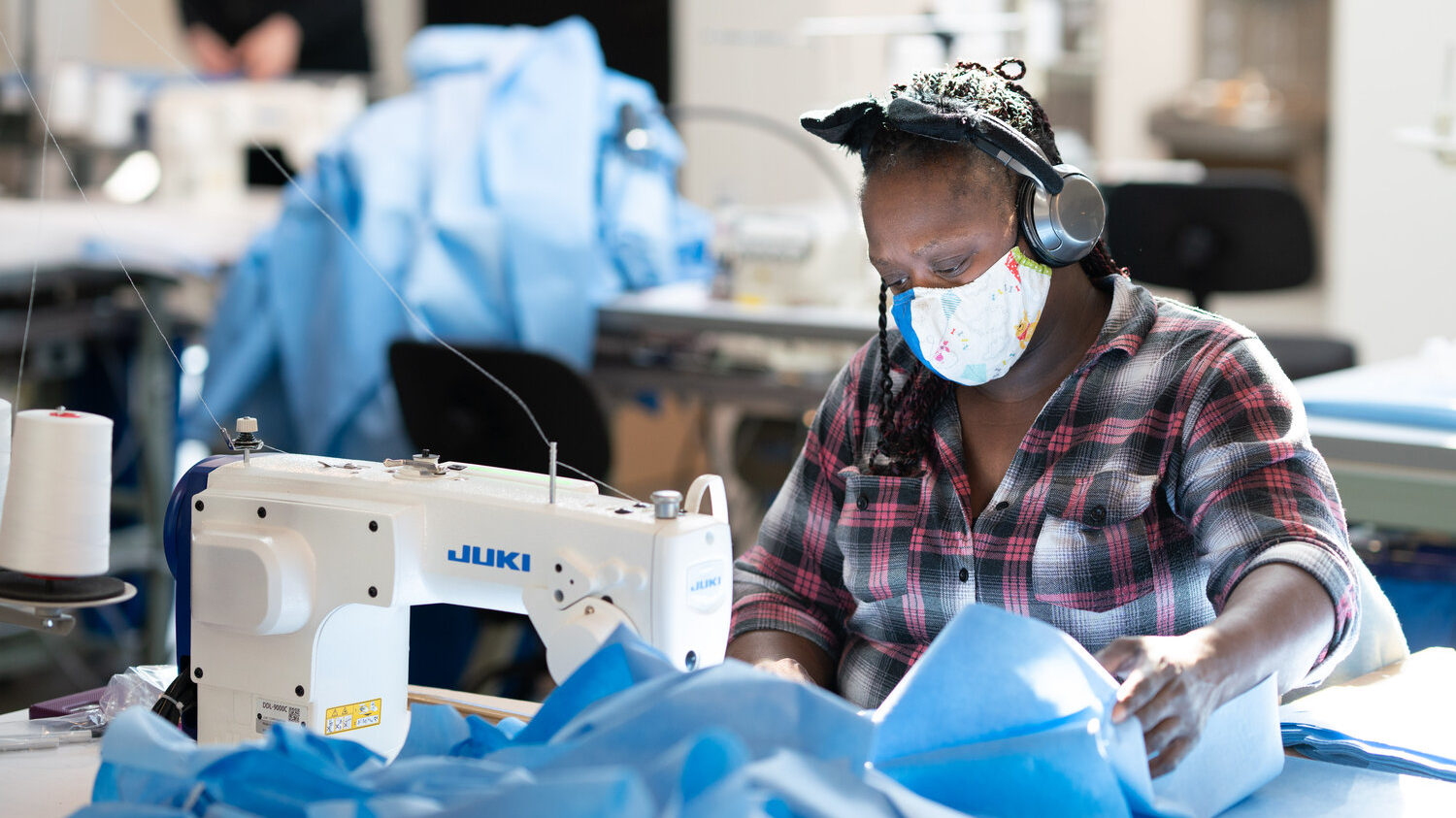
The Industrial Sewing and Innovation Center (ISAIC) fosters people and planet-centered innovations in the soft goods manufacturing industry. With the support of Fellow Maria Nieves Brunet, the Detroit-based nonprofit developed a new system of virtual training and on-demand machine repair that can help ISAIC and other soft goods manufacturers develop their workforce and produce their goods more efficiently and sustainably.
The need for a remote training system stems from a scarcity of expert technicians in the U.S., and the frequent need for in-person assistance with machinery. The project began with a survey of commercially available solutions from other industries, and interviews with stakeholders to understand their various needs and constraints, followed by an in-depth, hands-on study of the most promising software and hardware tools.
ISAIC then selected the best tools for its certified apprenticeship training program and conducted a preliminary analysis of how they can be offered to partners in the sewn goods manufacturing industry. This remote training solution can increase manufacturers’ access to expert assistance without the need for costly travel, and strengthen ISAIC’s apprenticeship program, supporting the continued adoption of sustainable methods for educating our workforce, and the people who drive the domestic soft goods industry.
Sanergy
Health & Resilience Portfolio
Designing greenhouse airflow for converting organic waste into insect-based protein for animal feed
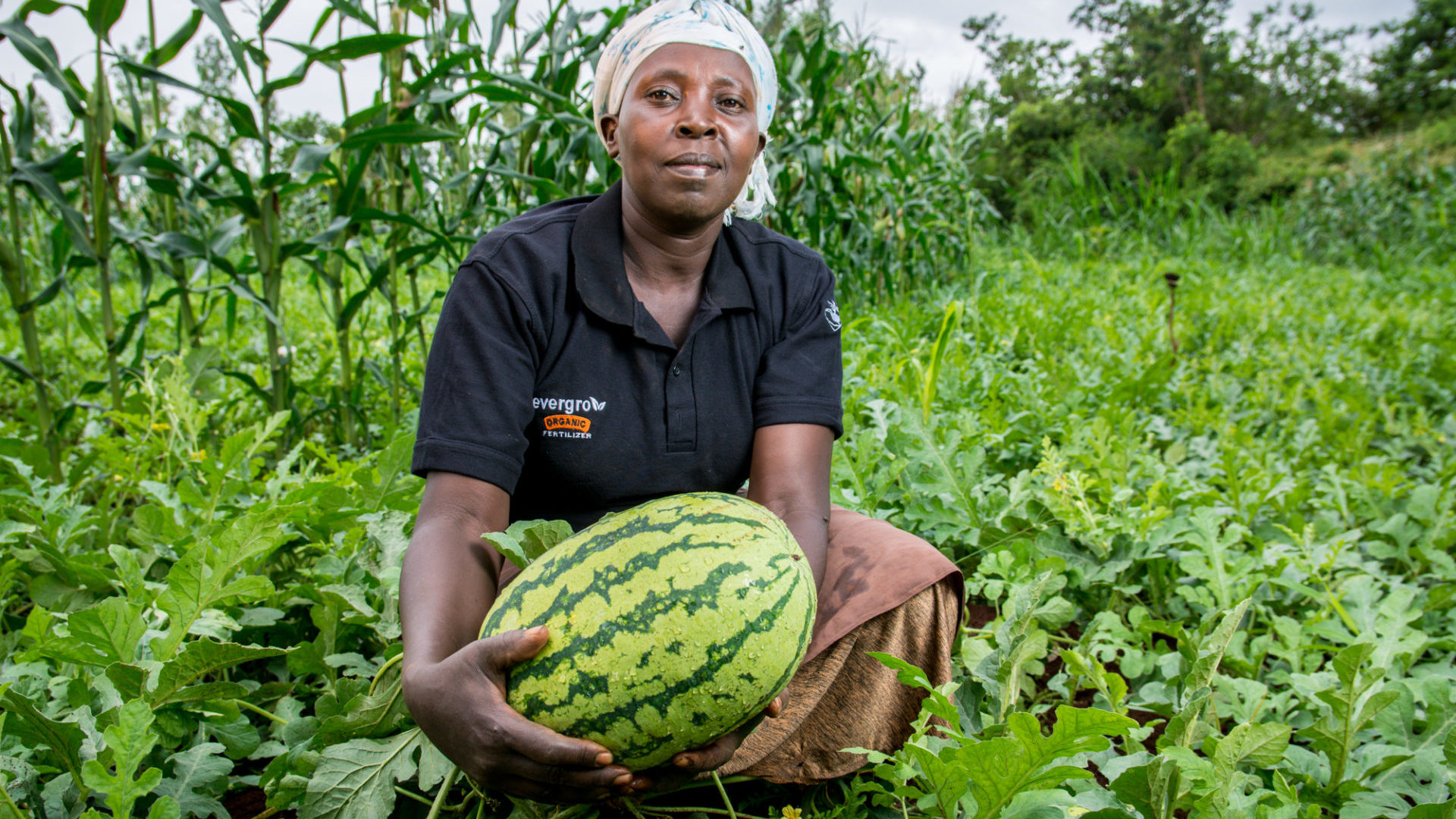
Sanergy cleans up fast-growing cities and manufactures regenerative agricultural products that enhance economic growth. Operating one of the largest organic recycling factories in Sub-Saharan Africa, Sanergy collects and converts sanitation and all other forms of organic waste into fertilizer, and protein meal for animals.
With the support of Fellow Mahmoud El-Sadek, Sanergy’s team in Kenya developed a new airflow system for its greenhouses, using Autodesk tools like Fusion 360 and Autodesk CFD.
Precise airflow and climate control are vital to Sanergy’s process of using black soldier fly larvae to convert organic waste into valuable end products. The Sanergy team and Mahmoud first generated a wide range of ideas for airflow optimization, and then analyzed empirical research on managing ammonia and CO2 in controlled environments before building CAD models they tested through virtual simulations.
Through this iterative, collaborative process, Sanergy developed a deeper understanding of how to manage their greenhouse airflow in a way that will optimize the conversion of organic waste into agricultural resources, strengthening their offerings to urban areas struggling to deal with population growth while supporting farmers and food production.
Médecins Sans Frontières
Technology Impact Program
Cataloging water tower designs for relief sites around the world
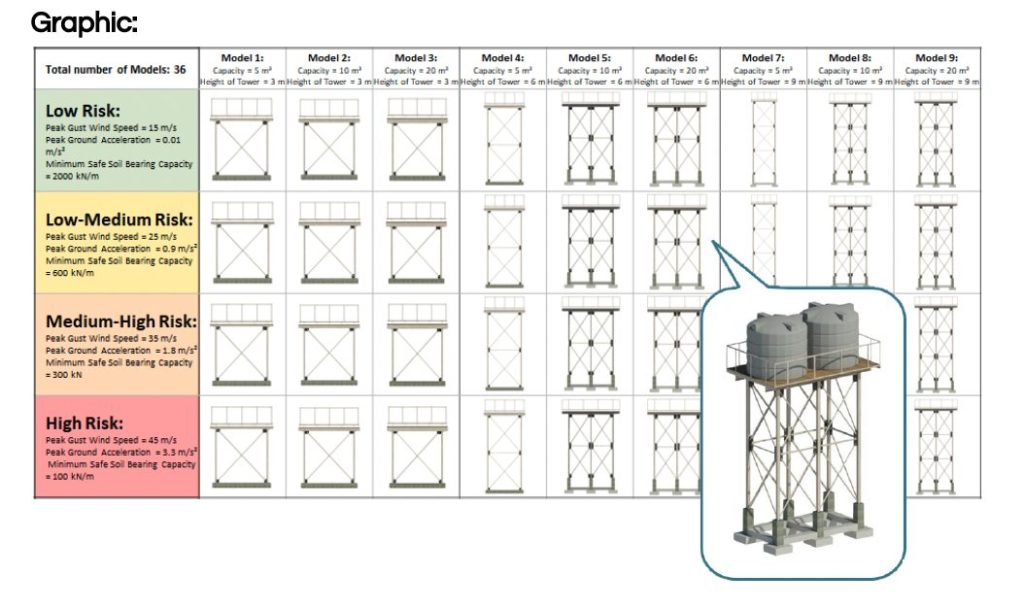
As an international humanitarian response organization, Médecins Sans Frontières (MSF) is often confronted with the challenge of providing a clean and reliable water supply to support its emergency, post-emergency, and regular medical programs. With the support of Fellow Sam Butterworth, MSF created a catalog of water tower designs that meet the highly variable needs of relief sites around the world.
The team first developed a Design Risk Matrix with 36 different design typologies across four risk categories, before whittling the options down to nine tower designs, produced with technical drawings and material needs. Autodesk’s Inventor iLogic enables the catalog to be responsive to field-specific design constraints, and create customized, site-specific construction drawings and material spreadsheets.
The team plans to use Autodesk’s Forge platform to make the catalog readily accessible via web browser, making this research-backed catalog of water tower designs available to any MSF site staff with an internet connection.
Looking ahead
We look forward to sponsoring another cohort of 25 fellows in 2022. Prospective fellows and host organizations can learn more here.